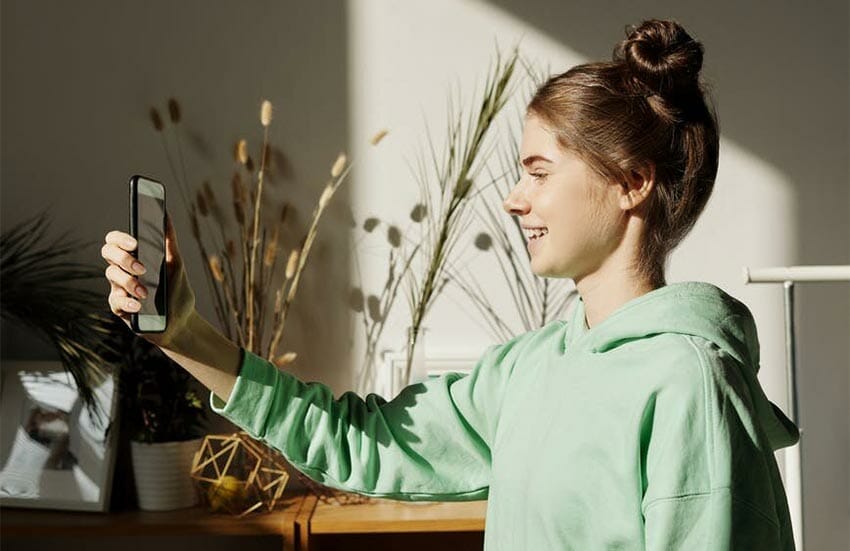
HITLAB and VersalieTM Announce Winners of Virtual Women’s Challenge
HITLAB and Versalie are proud to announce the winners of the HITLAB x Versalie Challenge, a groundbreaking competition dedicated to identifying digital health solutions that address the unique challenges faced by women during menopause.



